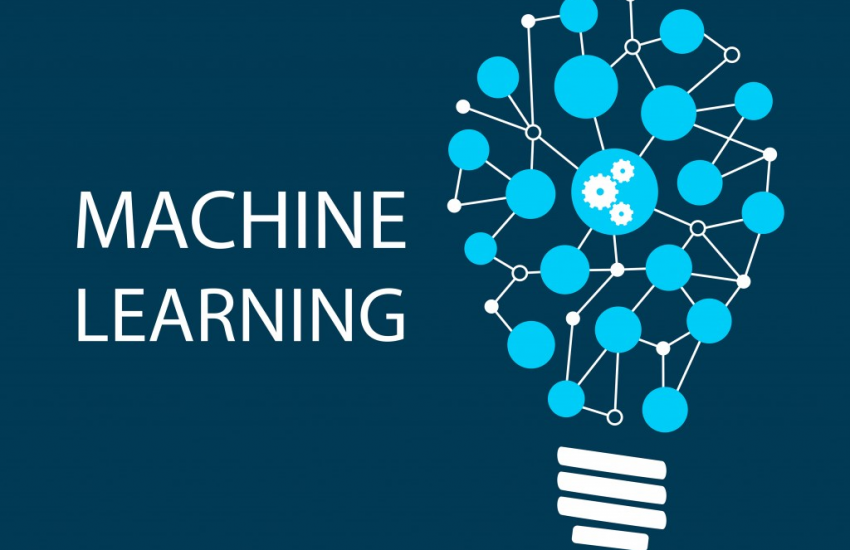People in the IT industry often talk about the term “Machine learning”. Some of the reasons that it is so popular might be a large amount of data produced by applications, improved algorithms and a significant increase in computing power. Machine learning is used in various sectors of the industry to automate tasks, get insights from data, etc. It is one of the interesting subjects in computer science. It has started to enter our lives in the form of devices such as fitness tracker bands and Google Home (Personal Virtual Assistant).
Brief History
From the beginning of the computer era, the main motive was to build a machine that can think and learn like humans. In the 1940s, ENIAC(Electronic Numerical Integrator and Computer), the first manually operated computer system was built. The first computer game program was seen in the 1950s that claimed to be able to defeat the checkers’ world champion. Checkers players got a lot of help in improving their skills through this program. After that, the Perceptron was invented by Frank Rosenblatt which was a really simple classifier but when combined at a large scale in the network, it became very powerful. Following that, we faced difficulties in solving some problems in the neural network field which resulted in the stagnation of the field for many years. In the 1990s, machine learning became very famous due to the statistics. The merging of computer science and statistics began a path for probabilistic strategies in AI and the field was shifted further towards data-driven methodologies. Scientists began to create intelligent systems that could analyze and learn from a huge amount of data, as large scale data became available.
What is Machine Learning?
A category of algorithm that allows software applications to achieve accuracy in predicting results without being explicitly programmed is known as machine learning. Building algorithms which can receive input data and use statistical analysis to predict an output is the main purpose of machine learning. Also, outputs can be updated as new data becomes available. Machine learning algorithms allow computers to learn from data and even improve themselves without being programmed in detail. While machine learning is a subfield of computer science, it is quite different from common computational procedures. In common computing practices, algorithms are explicitly programmed to solve a certain set of problems but machine learning algorithms enable computers to learn on data inputs and use statistical analysis in order to give results within specific time limits.
Types:-
1. Supervised Learning – In supervised learning, the data provided to the AI system is labeled, meaning that all the data is correctly labeled for true or false. The purpose of this labeled data is to approximate the mapping function to such an extent that when new data is received, the output variable for that data could be predicted accurately. For example, some data labeled as ‘Spam’ and ‘Not Spam’ is provided to the system to train the supervised model. Once trained, the model can be tested for new unlabeled data to check if the model is predicting the right label as output.
Types of supervised learning –
a. Classification: When the output variable is a category, it is called a classification problem. For example, green or yellow, infected or not infected, etc.
b. Regression: When the output variable is a real value, it is called a regression problem. For example, distance in meters, weight in kg, etc.
2. Unsupervised Learning – Unlike supervised learning, no training is provided to AI system but instead, the process fully depends upon the algorithm. The system is provided an unlabeled, uncategorized data, after that the algorithm present on the system acts on the data. The output depends on the algorithm coded into the system. AI of a system can be tested by applying unsupervised learning on it. An example of unsupervised learning is providing certain pictures to the AI system which are either birds or humans. The system can separate both birds and humans using its algorithm only. The system will model the underlying structure in the data in order to learn more about it.
Types of unsupervised learning –
a. Clustering: When you want to categorize the inherent groupings in the data, it is called a clustering problem. For example, grouping customers according to their purchasing behavior.
b. Association: When you want to find rules that describe large portions of data, it is called an association rule learning problem. For example, people that buy X also tend to buy Y.
3. Reinforcement Learning – In the reinforcement learning algorithm, the algorithm develops itself by interacting with its environment. The algorithm gets rewards for performing correctly and penalties for performing incorrectly. The algorithm learns without interference from a human by increasing its rewards and minimizing its penalty. As it uses a system of rewards and penalty, it is very similar to dynamic programming.
StudySection gives an opportunity to beginners and experts in .NET framework to go through StudySection’s .NET certification exam and get a .NET certification for enhancement of career in programming. If you have knowledge of the .NET framework then you can get a certificate through an online exam at StudySection.




